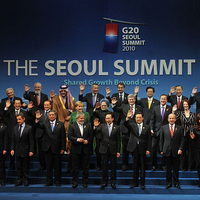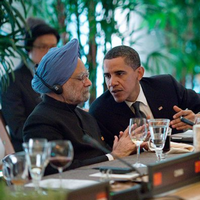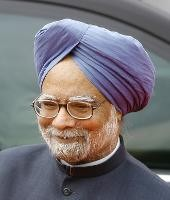
Heading into the G-20 summit in Seoul last week, tensions were visibly high between the U.S. and China, the world’s top-two economies. Washington’s demands that China allow its currency, the yuan, to appreciate were met with criticisms from Beijing about the Fed’s inflationary monetary policy. At the heart of the argument lay global current account imbalances, largely a consequence of the sizeable U.S. trade deficit with China. By the close of the summit, the U.S. delegation succeeded in getting the Chinese to acknowledge that these imbalances were problematic for the global economy, but failed in getting them to do anything […]


